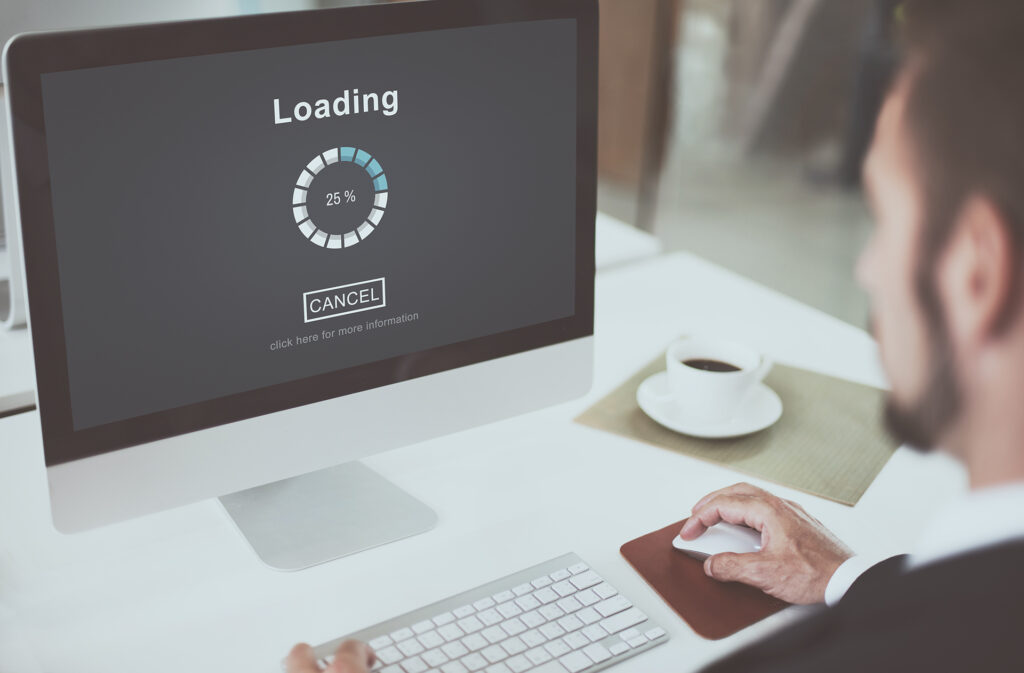Web design – as shown at DEMARCA – is the overall process of strategizing, iterating, conceptualizing, and showcasing your business entity’s functionality in an appealing and seamless layout. It captures subtle elements such as text, fonts, images, icons, and white pace. Website design can be a make or break moment when it comes to your company’s success. And not everyone gets it right.
A flawless website design will create a good impression and therefore compel potential customers to take action. On the other hand, there are common web design mistakes that can derail your business efforts. Dull and disorganized websites are more likely to create a wrong impression and jeopardize business reputation, possibly repel potential customers. Often, most businesses don’t put sufficient effort into optimizing their websites. You can always hire someone to do this job for you, and if you do then make sure that you are hiring a highly skillful team such as the AIAD agency.
A great website design should have the elements that can give site visitors a good user experience and potentially compel them to take action. And whereas a lot has been written about what to do in web design, quite little is known on what not to do. That’s why we have compiled seven web design mistakes to avoid having any chance of keeping a steady conversion rate you can read more on Utopia.co.uk were they have gone into more detail.
1. A slow-loading website

Source: managewp.com
If you thought people are impatient offline, it gets worse online. Ever been frustrated by a site that takes ages to load? People already expect your website to load fast, and we are talking a loading time of at most 2 seconds. 53% of web users expect web pages to load in 2 seconds or less. Faster and sleek websites are easy to navigate, and getting what you want takes you seconds. Fast-loading websites are a necessity to have a good shot at conversion.
But what makes websites load too slow? There are a couple of mistakes that can leave you with an unresponsive website. Such mistakes include inserting too many images, texts, themes, typefaces, or logos on your site. This leaves the servers overwhelmed, thus causing slow loading times. However, if you choose the right theme, texts, images, fonts, and typefaces, your site will be sleek on all devices.
2. Too many links that open new browser windows
There is no denying that links contribute to the creation of quality content. But too many links will welcome your users to leave your site even when there is no ‘back’ button to return them. This is a wrong move and contributes to a bad user experience.
Remember that over 50% of your site visitors use mobile devices. And we all know how it can be virtually impossible to open multiple browser windows at a time on a mobile device. It makes navigation quite frustrating. Therefore, useless but quality links if necessary, to avoid ruining users’ online experience.
3. Inappropriately-sized CTA icons and buttons

Source: techdonut.co.uk
Avoid using icons or buttons that are too big or too small to click on. A great mobile website should have links and buttons rightly-sized and mouse-clickable. The buttons also have to be friendly for human fingers on a smartphone or any touchscreen device.
60% of traffic on your site is from mobile devices. Therefore, the links, icons, and button size you use should be large enough to be easily taped using human fingers. Remember that if users find navigation difficult on your website, then the bounce rate will increase.
4. Using poor quality or unoptimized images
Images play an important role in web pages. A site with images is 80% more likely to attract traffic than otherwise. Photos are visual elements that breathe life into your website and make it attractive. A properly selected image on your website will portray more information than text would.
According to ctrlaltcreate.co, a large part of the web design is placing appropriate images, as we’ve already said. However, other then being related to content and high-quality, your photos need to be in the right format in order not to slow down the website. It would be ideal to have a person responsible for creating custom photos for your site with a small logo to protect your photos from being copy-pasted and to keep them unique. You can always outsource your web design to an agency outside of your office and let them do the work.
As much as photos need to be used on your site to portray your brand image, ensure that you select photos relevant to your product and target audience. Most importantly, use high-quality images because those of substandard quality will dull your website and repel potential clients.
5. Beefing up too much or irrelevant information

Source: pexels.com
A great website design should aim to capture and showcase sufficient product and business information. That is the first step towards informing your customers but not being tempted to go overboard and cram unnecessary details on your website. Stick to the relevant and informative product details.
Remember we talked about how impatient users are on the website, which means that your site users are too busy to spend more time trying to go through tons of information on your site. They need to instantly and clearly understand what message your site is trying to convey. So, avoid a crowded website that only serves to frustrate and drive away users.
6. Inappropriate use of fonts and typefaces
Avoid using too many font types and font sizes because that is a recipe for confusing site visitors. Visitors are distracted by the presentation when they should be focused on the message you’re trying to convey. Remember that your website receives visitors from all over the world, old and young, people with visual impairments, etc. Therefore, use at most three font types and stick to that from start to finish.
7. Inappropriate distribution of whitespaces

Source: bluecorona.com
The quality of content on a site is crucial enough to attract or repel visitors. Through this content, your clients will learn who you are, your business, your product, and how your product will solve their specific problems. And this is the reason users visit your site in the first place.
Therefore, you have to bear in mind that content readability and the right font portrays your brand image. Of essence also is the layout of this content on your site. Proper distribution of white spaces on your website will boost content readability and comprehension, which will make users love your site and you can read more on WebSwiggy.
The bottom line
Most website owners often put down a budget that is only good enough to create a website. However, few pay attention to finer details that can make the difference. Your website’s functionality and user experience determine the overall traffic that comes in. That said, it is vital that you create a website that can compel visitors to take action from the first impression they get. Web designers have the expertise to develop websites, but there are common mistakes they can make too that can make or break your success.




